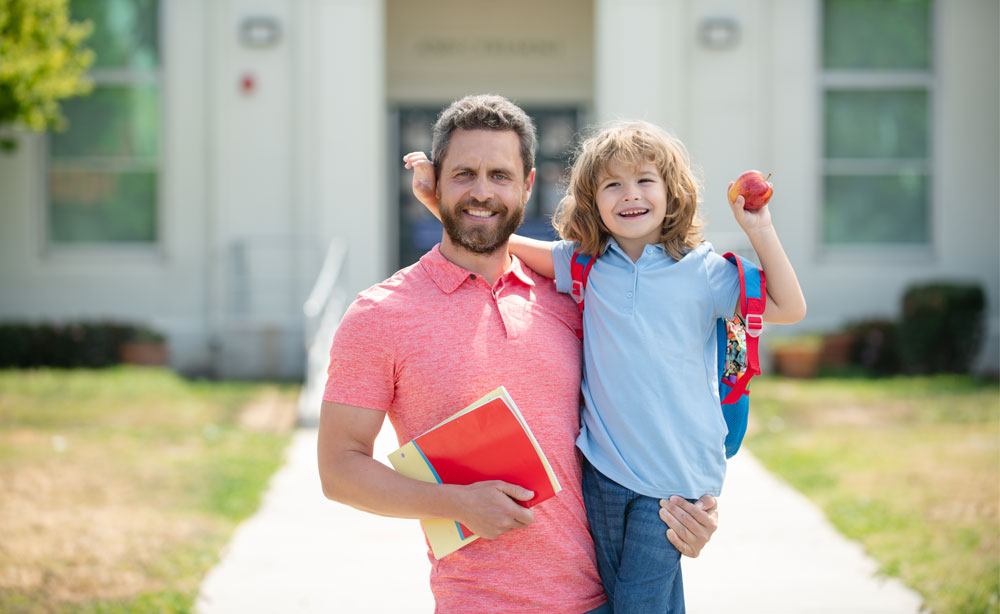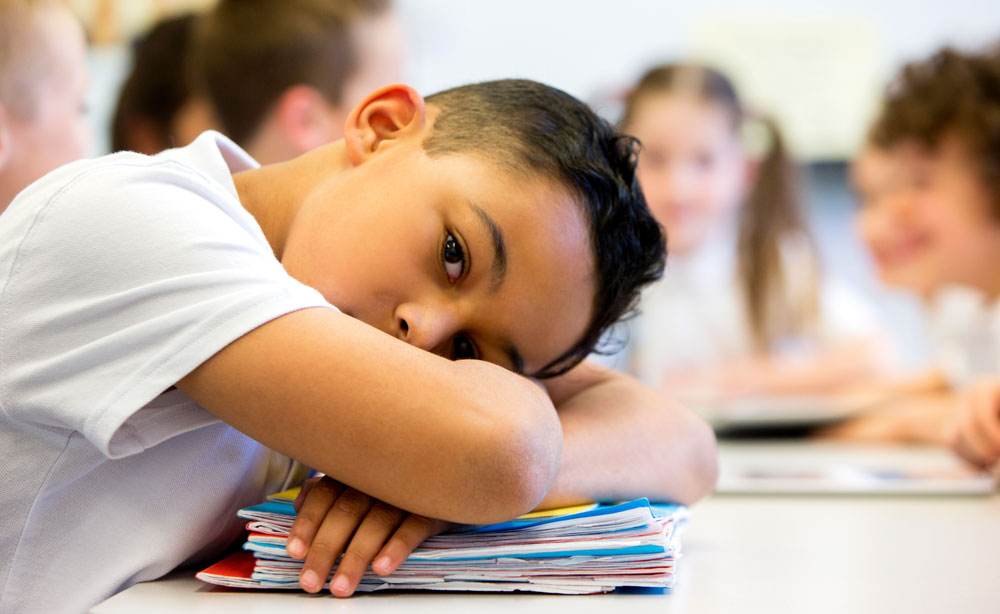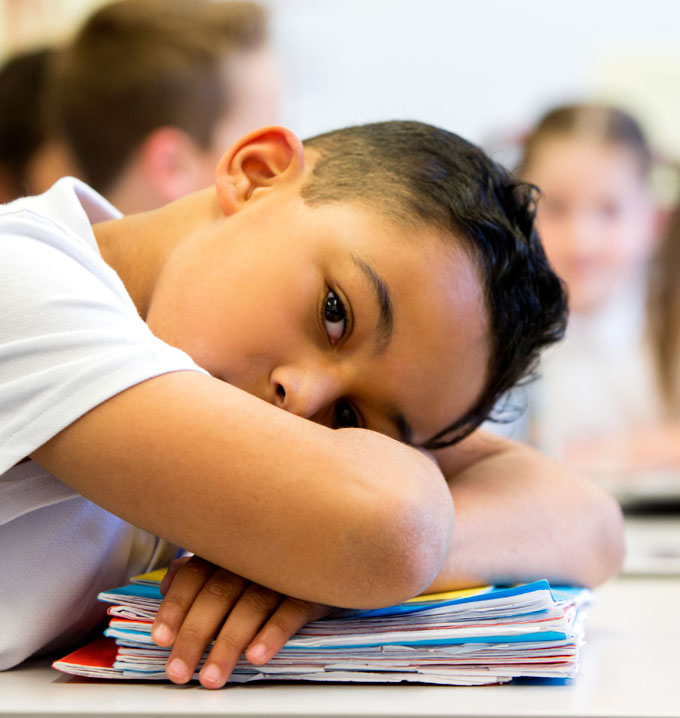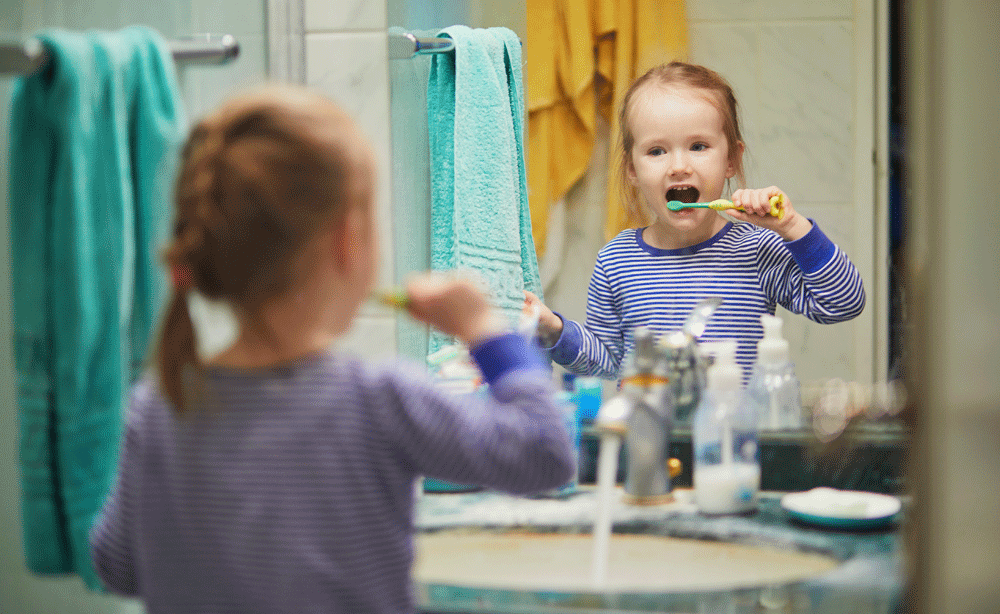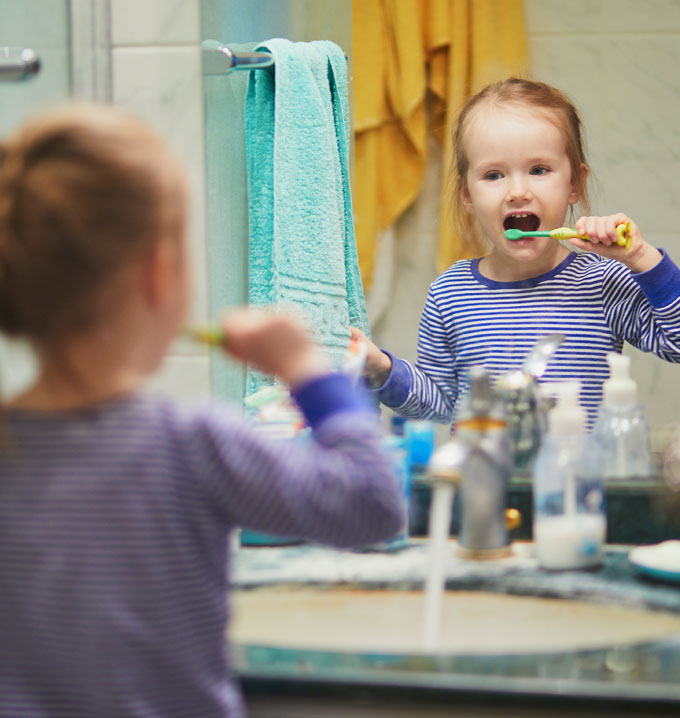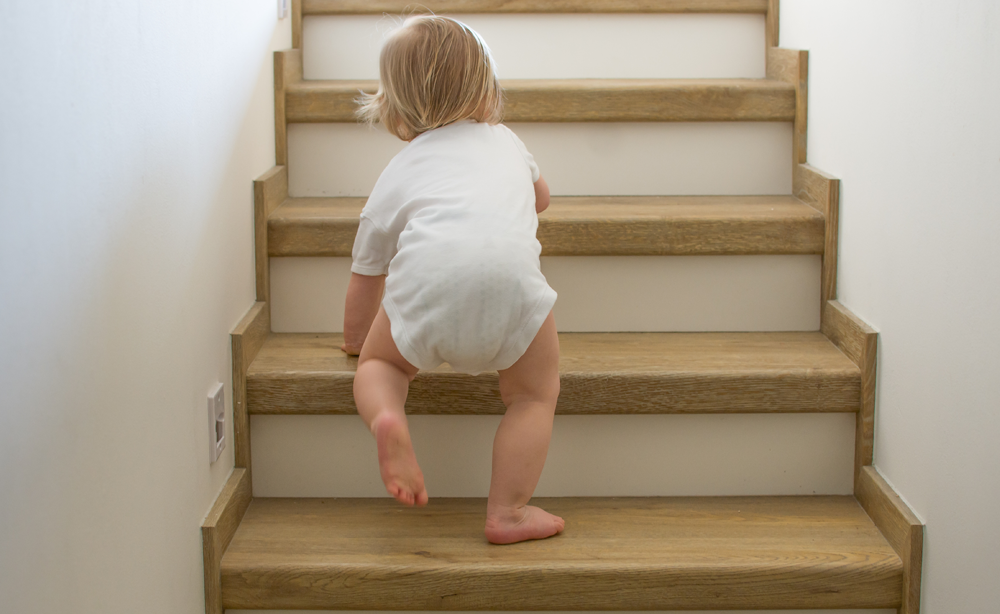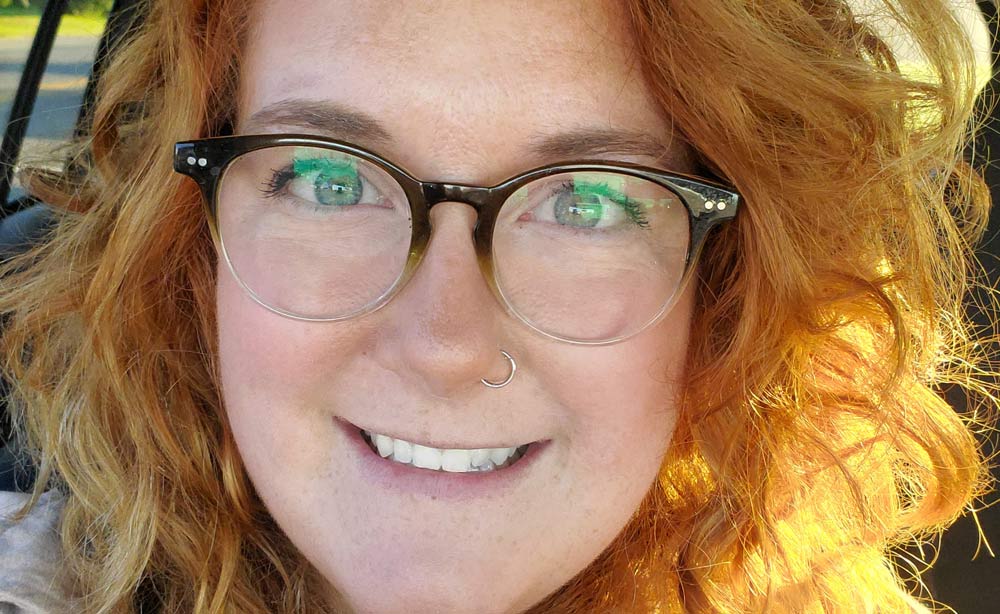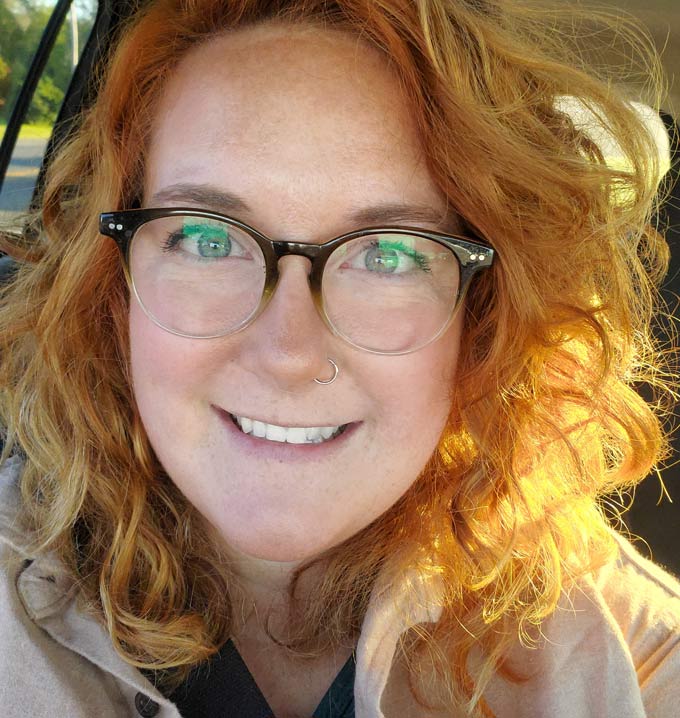There are a number of reasons why an autistic child might stop ABA therapy, and one is that they have reached their goals. In this article, we take a look at what parents can expect going forward.
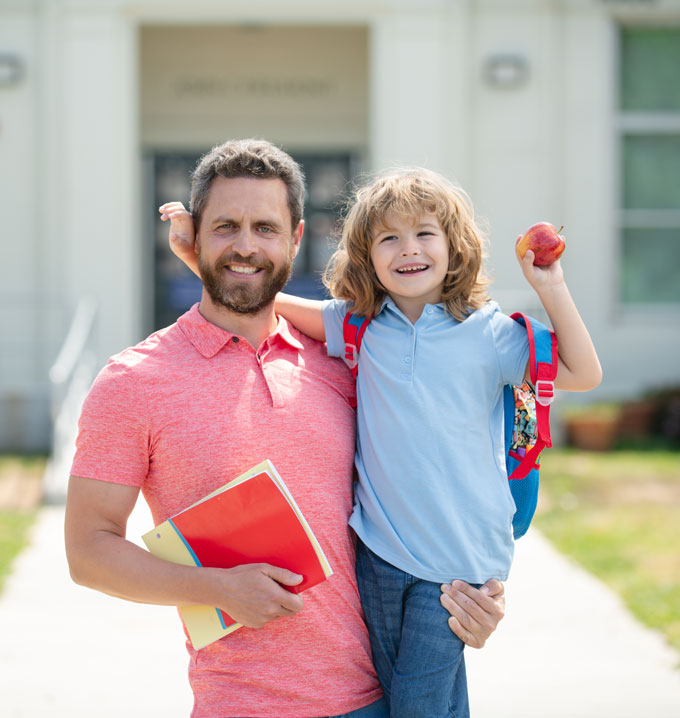
What Are the Next Steps After ABA Graduation?
As a parent, you only want what’s best for your child. Lighthouse fusion ABA therapy provides a sound structure and guided process that is integral to your child’s daily routine. So, it’s understandable that some parents find the future after ABA graduation daunting.
Once your child has reached their specified ABA therapy goals, it’s time for them to take the next steps in their journey. But it’s important to understand that you and your child won’t be doing this alone.
This article will provide more insight into ABA goals, the importance of monitoring and tracking achievements, knowing when to stop ABA therapy, and the potential next steps after graduation.
What are the goals of ABA?
Every ABA program begins with an in-depth assessment by a Board Certified Behavior Analyst (BCBA). From here, the program is tailored to suit every child’s individual abilities, preferences, interests, and requirements. Family circumstances are also taken into account.
ABA therapy goals for autism will also depend on the skill level and age of the child. In general, the following skill areas will be targeted:
- Language and communication
- Social abilities
- Self-care
- Enjoyment and relaxing
- Movement
- Learning and school readiness skills
A goal and treatment program will be designed to develop each of these skills in short, clear, and concise steps. Short-term goals will be set for every session, while long-term goals are the main aim of what the therapist and client are working towards.
When to stop ABA therapy?
How long does ABA therapy last, and how do you know when to stop? These are common client questions when starting out with ABA therapy, and while every program depends on the individual needs of every child, ABA therapy isn’t a lifelong commitment. Given the vast difference in each child with autism, the intensity of services might vary from 5-10 hours per week to focus on specific skills, to 30-40 hours per week of intensive therapy for a more comprehensive treatment plan. It is not uncommon for children to be in services for 2-3 years and then fade out over time.
A therapist will collect data during each session and track the child’s progress. They will have regular meetings with parents and might suggest discontinuing ABA therapy in the following cases:
- The child has met the goals set out for them.
- They are learning new skills spontaneously from their environment without the need for direct instruction.
- Parents are able to teach strategies and implement behavior plans at home without the need for a therapist.
A therapist could also recommend that a child stop ABA therapy if they are not progressing over time and other treatments might be warranted, or if there is disagreement with the parents on the treatment plan.
Recognizing progress and achievements
Recognizing progress and achievements is critical when determining whether a child should stop ABA therapy. Therapists must track and evaluate developments and assess the goals that the child has met. This is crucial as children hit new milestones, as therapists must reassess and re-evaluate new skill sets and identify areas where improvement needs to be made.
If there has been significant improvement and development in targeted behaviors and skills, and the child demonstrates consistent and independent functioning across a number of scenarios, then it could indicate that they are ready to transition to the next step.
Regular assessments and tracking achievements of ABA therapy aren’t just about evaluating skill acquisition but also about determining whether this progress can be maintained over time. To reach a point where continued therapy is no longer necessary, the child must demonstrate that their progress won’t stop when therapy stops and that their newly acquired skills will be carried forward with them.
Progress, overall development, functional independence, and the ability to retain skills and spontaneously learn new ones are all considered when deciding whether a child should stop ABA therapy.
Potential next steps
It’s critical for professional teams and parents to continually assess whether the goals and strategies of their current ABA therapy align with the child’s evolving needs. In some cases, other support services or interventions may be more appropriate.
As an autistic child develops and reaches a certain level of skills and achievement in ABA therapy, it could be time to reduce the intensity and frequency of the therapy. In this case, your child might transition to less intensive support and gradually decrease the number of therapy sessions that they attend. It could also simply mean moving from one-on-one therapy to a group support system or maintaining skills across various natural environments.
Every child’s ongoing needs and opportunities are considered as ABA therapy fades out, and new goals and activities will become the main focus. Your child’s readiness for transition will be continually monitored, and we will continue to support and assist once your child has reduced or discontinued ABA therapy.
One of the primary ABA goals for most autistic children is transitioning back into a school environment. In order to prepare for this transition, our therapists will try to mirror an individual’s school day as closely as possible. Communication with teachers and parents allows them to create scenarios like circle time, independent work time, snack time, and more.
They will work on teaching your child classroom etiquette, such as raising their hand and waiting for their teacher to call on them. Working on social skills, such as saying “my turn to talk” or when to let other children talk, or learning how to express their feelings effectively, is essential when going into what can be an overwhelming classroom environment.
It’s important to continue providing children with the tools they need for the classroom even after they have arrived. Feedback from parents and teachers can help us to recognize where your child is thriving and where they need some more support.
Ultimately, we want to be able to bridge the transition between ABA therapy and whatever path comes next for your child with as little disruption as possible.
Take the next steps with Lighthouse Autism Center
Our clients come before anything else, and we are always thrilled when they meet their goals and can move on to the next step from ABA therapy. However, we are also invested in ensuring that the journey ahead is as smooth as possible by equipping autistic children and their parents and caregivers with the right tools and autism resources.
Armed with the knowledge and strategies from LAC, caregivers and parents can create a nurturing, supportive environment for autistic children that fosters growth and continues to empower them once they have graduated from ABA therapy.


